SUMMARY
This is AI generated summarization, which may have errors. For context, always refer to the full article.
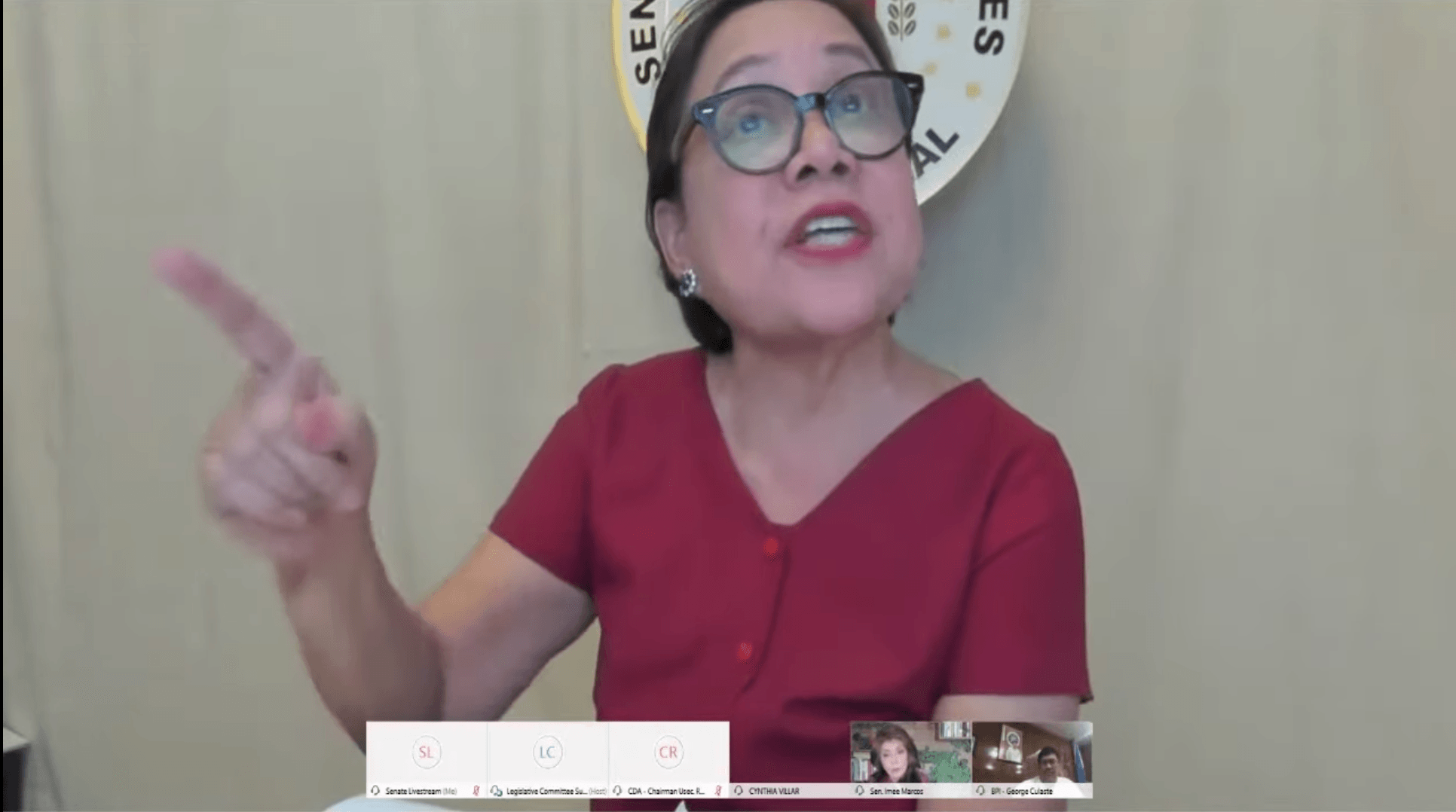
Senators blasted agriculture officials over the proliferation of rice cartels, where farmers’ cooperatives are used by blacklisted traders to import rice, effectively putting local producers at a grave disadvantage.
Agriculture committee chairperson Senator Cynthia Villar underscored in a hearing held virtually on Thursday, October 22, that rice-producing provinces are the same provinces with large numbers of farmers’ cooperatives that are importing rice.
Bulacan tops the list with 43 cooperatives that import rice, followed by Occidental Mindoro (20), Tarlac (17), Nueva Ecija (17), Pangasinan (12), Ilocos Norte (10), and Pampanga (10).
“It’s so funny that those producing rice have the most cooperatives that import rice to their provinces and put their own rice farmers at a disadvantage. It’s ironical. The coop should help their rice farmers and they should not be importing rice,” Villar said.
Data from the Philippine Statistics Authority showed that some areas in Nueva Ecija have farmers selling palay at a loss at just P8 per kilo, much lower than the production cost of around P12.
Villar, along with Senator Imee Marcos, also questioned why the Bureau of Plant Industry (BPI) allowed rice importation at a time when local farmers are harvesting.
BPI Director George Culaste admitted that he allowed rice imports to come in as late as August 20, just weeks before harvest season in September.
“We control it because we cannot really stop the issuance,” Culaste said.
A visibly irate Villar replied: “You can always invoke that, to not issue. [If] you can’t assert that power, you don’t deserve to head the BPI…. May rice lang sila during harvest, bakit mo sasabayan [ng imports] during harvest season (Farmers only have rice during harvest, so why did you allow imports during harvest season)?”
“Napakatanga ng Pilipinas (The Philippines is very stupid) not to invoke that during harvest season,” added the senator.
Culaste tried to assert that the issuance of sanitary and phytosanitary import clearances (SPSIC), a trade barrier which uses the quality of rice as a means to accept or reject imports, has been “automated” and cannot easily be stopped.
“Naloloka ako (This is making me crazy),” Villar told Culaste.
Villar also speculated that the farmers’ cooperatives are used by blacklisted rice traders to continue importing and getting tax perks. (READ: Butterfly effect: How rice tariffication bill affects everyone)
Agriculture Undersecretary for Policy and Planning Rodolfo Vicerra acknowledged Villar’s points and assured her that an administrative order would be issued soon.
“We need to manage issuance of SPSIC on timing so the arrivals of these imports will not combine with our main harvest,” Vicerra said.
Government data showed that in 2019, 1.017 million metric tons were imported by rice farmers’ cooperatives. In 2020, cooperatives have so far imported 632,431.31 metric tons.
“Are these farmers’ cooperatives or associations actually capable by [themselves] to import such large number of rice into the country, or is there a dummy arrangement behind the scenes?” Villar asked officials.
Senator Francis Pangilinan added that there have been reports that several cooperatives have opened accounts in one bank and have acquired permits on the same day, as if everything were orchestrated.
“It is a huge operation. Matindi ang galamay (The tentacles’ reach is extensive),” Pangilinan said.
Rice tariffication gaps
In 2019, Republic Act No. 11203 or the rice tariffication law was enacted to lower high rice prices by removing quantitative restrictions on rice importation.
In effect, traders can bring in “unlimited volumes of rice” but have to pay higher tariffs of 35%, if sourced from member-countries of the Association of Southeast Asian Nations (ASEAN), and up to 180% if outside the ASEAN.
The collected tariffs would then be used to improve the state of rice farming in the country by providing training, seeds, and even subsidies. (READ: What you can do to help Filipino rice farmers)
But experts and farmers’ groups have criticized the law’s implementation, as rice prices have not been as low as expected, and farmgate palay prices have plunged so much that farmers cannot earn anymore. (READ: Rice tariffication: Birth pains force farmers’ kids out of school) – Rappler.com
Add a comment
How does this make you feel?
![[EDITORIAL] Kalaban mo ang mga senador na protektor ni Quiboloy](https://www.rappler.com/tachyon/2024/03/animated-quiboloy-kojc-senate-carousel.jpg?resize=257%2C257&crop=365px%2C0px%2C720px%2C720px)
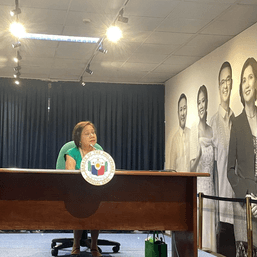
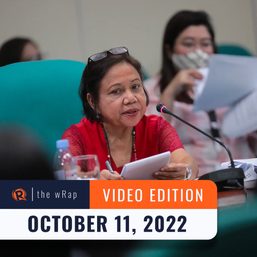
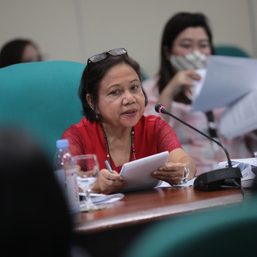
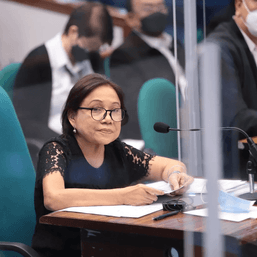
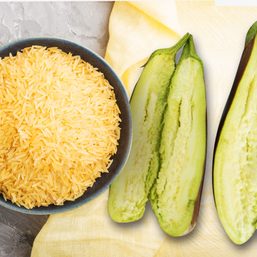
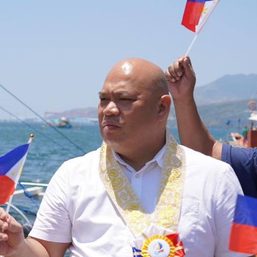
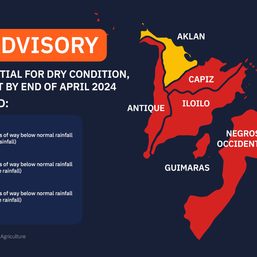
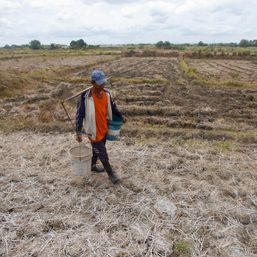
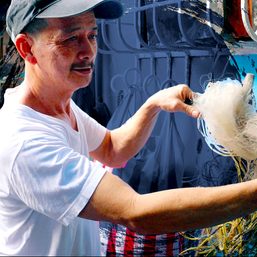
There are no comments yet. Add your comment to start the conversation.